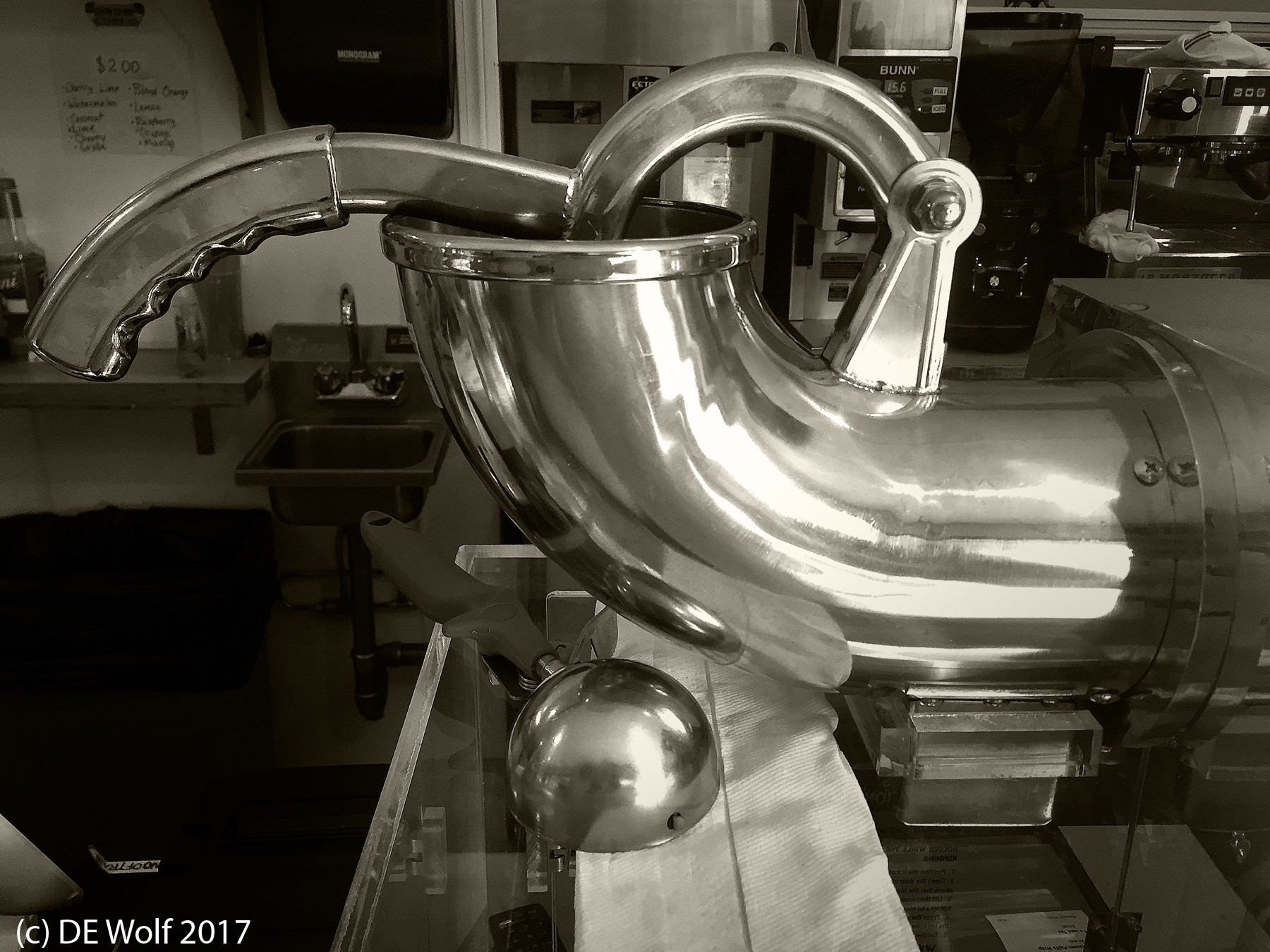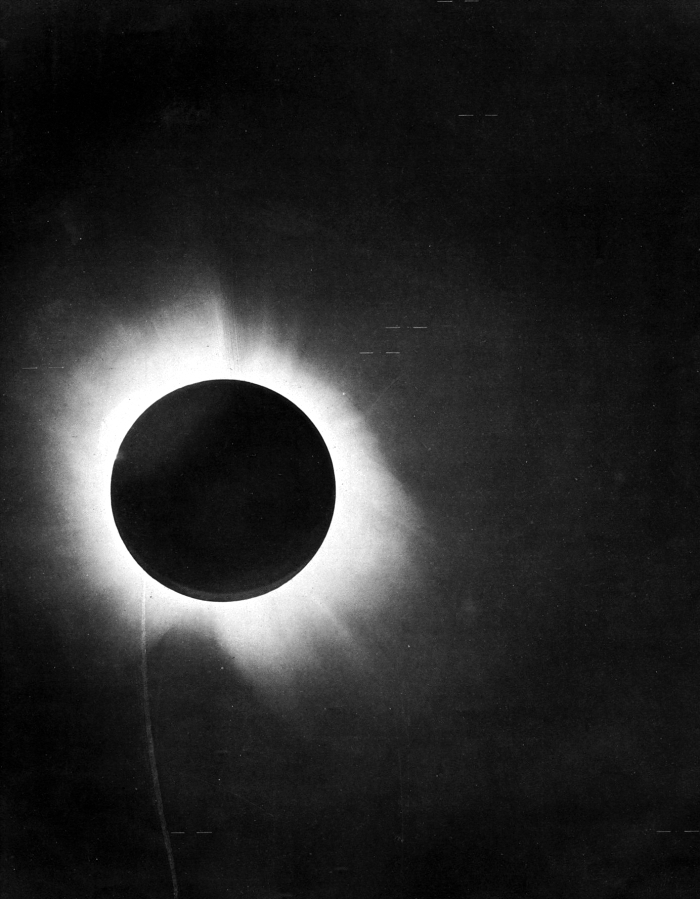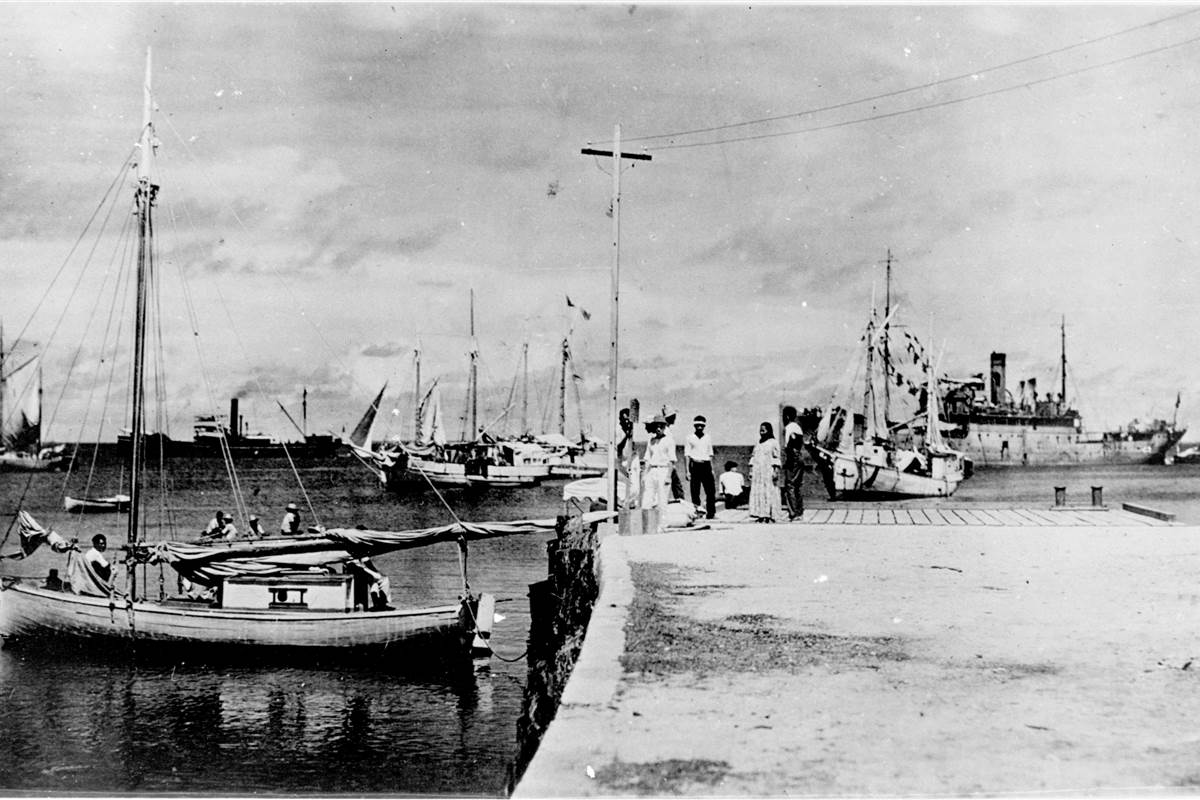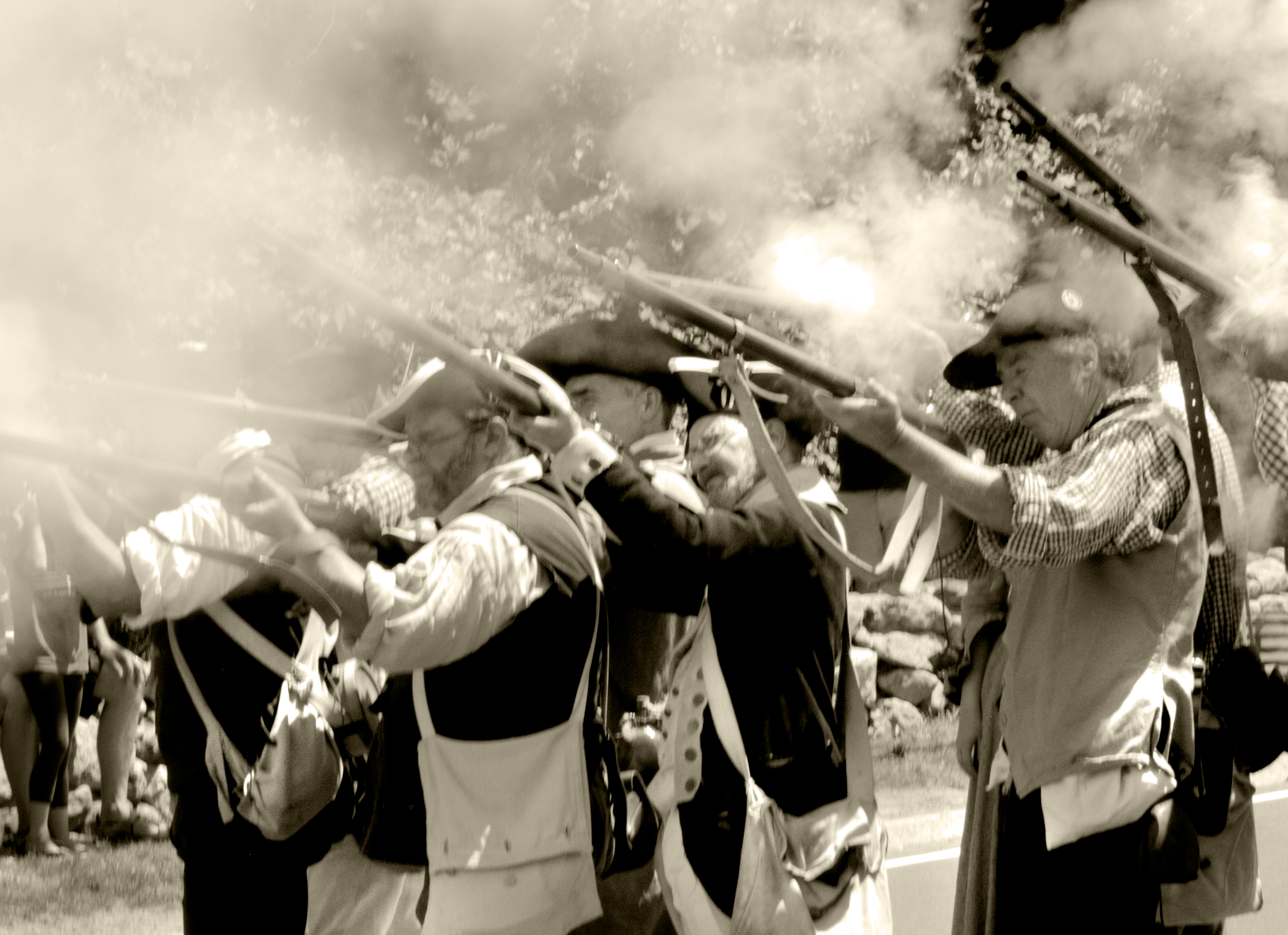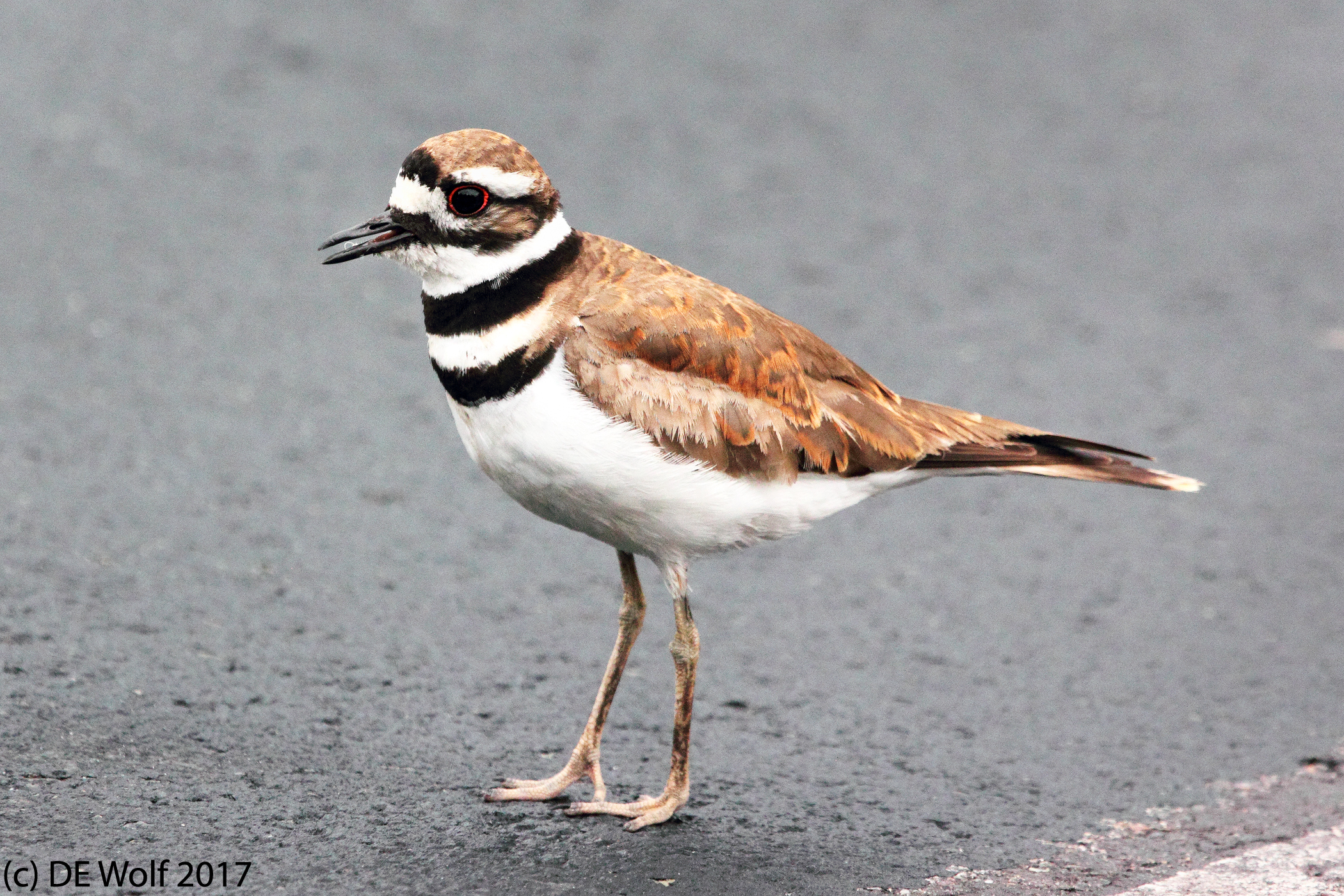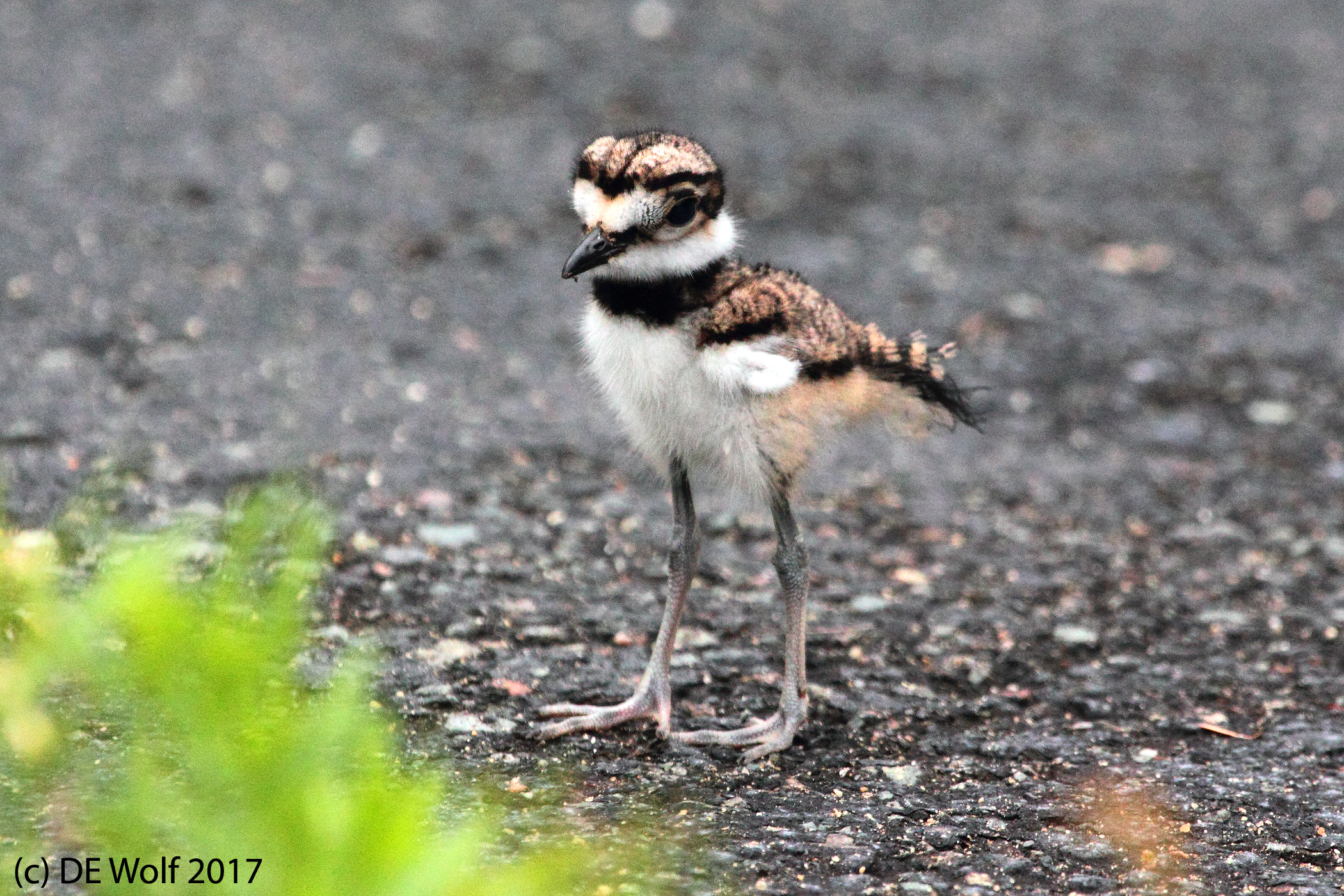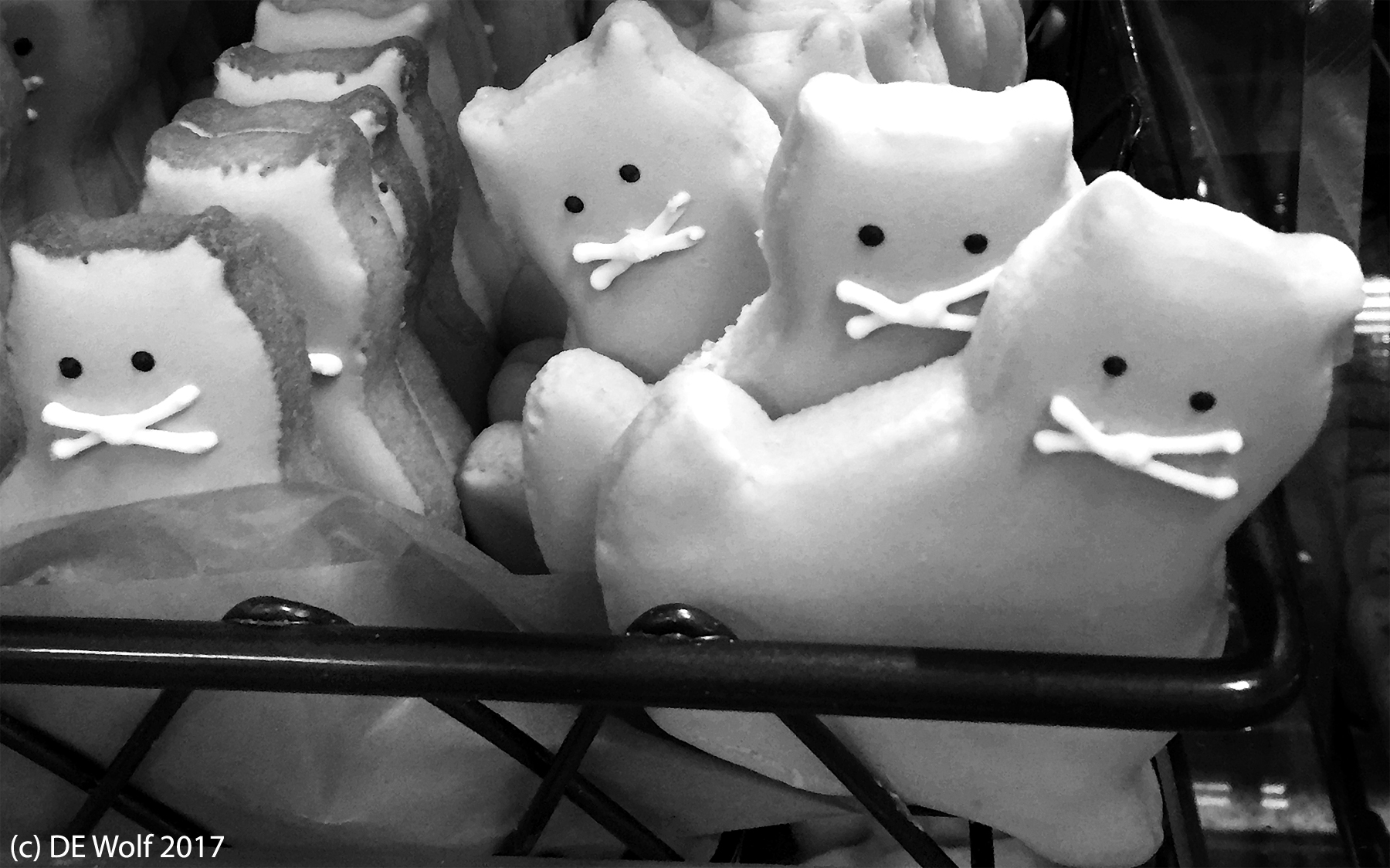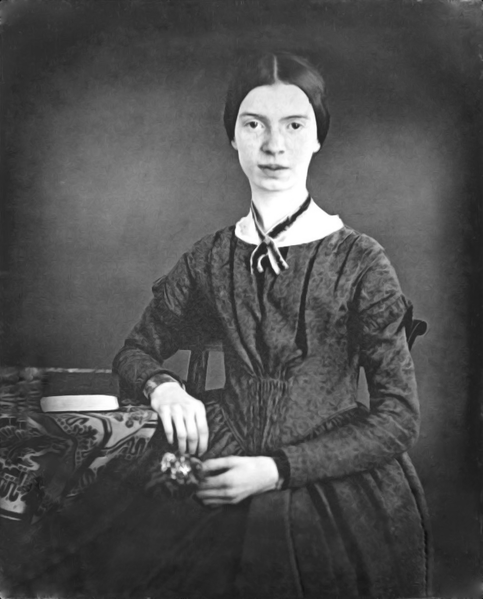Photographically I am an aficionado of shiny metal. Like a little kid I want to touch it and photograph it, To this I will add that there is a certain amount of skill in striking the right balance in shiny metal as a subject in a photographic. And most of the time I feel like I’ve got a lot to learn.
All of which is to say that I was delighted to come across this “sno cone maker” at a local coffee shop. Now to definition, the Sno Cone or Snow Cone is a peculiar variation of shaved ice which is typically doused with flavored sugar and served in a paper cone. It is a relic of our antique childhoods, typically served in memory from man-powered street carts.
According to the all-knowing Wikipedia the snow cone has its origins in the ice industry of the American Industrial Revolution of the 1850 when wagons would carry ice from the Northeast to Florida and children in Baltimore would beg shavings from the drivers. The parents of these children would then flavor the ice, most commonly with a sweet vanilla egg custard.
By the time of the Great Depression snowballs had spread widely outside of Baltimore. They were one of the few treats that strapped people could afford and hence they were referred to by names such as the Hard Times Sundae and Penny Sunday. Your see them still sold on street corners and at street fairs today.
I am not sure if the machine of Figure 1 is actually used or is merely a decorative antique. Still child-like, I love its shininess and delightful curved shape. And in the end I do remember.

